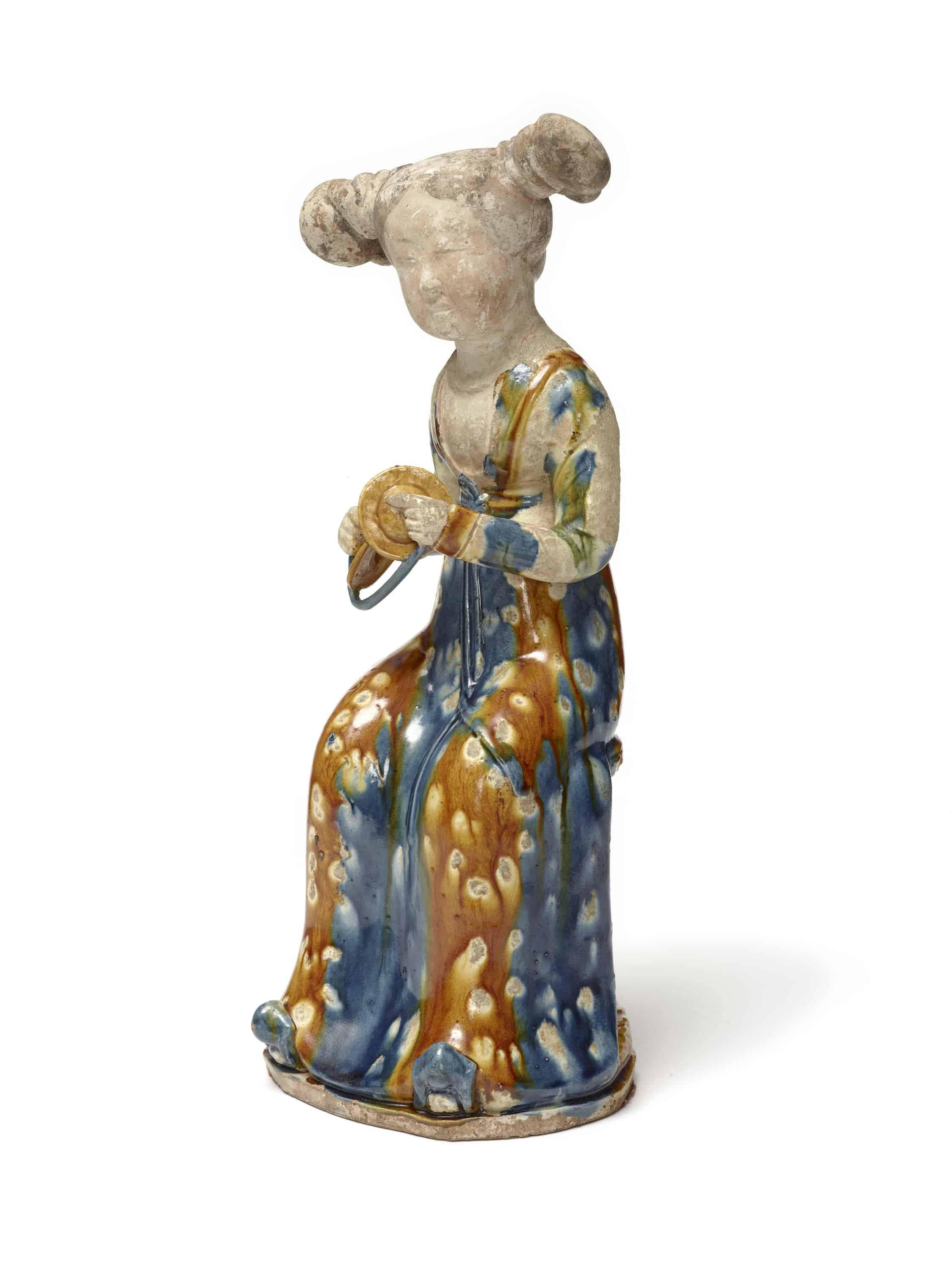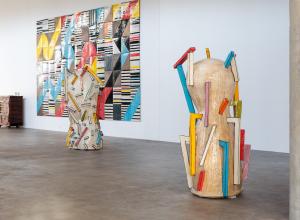The Eternal Feast: Banqueting in Chinese Art from the 10th to the 14th Century will be on view exclusively at the Princeton University Art Museum from Oct. 19, 2019, through Feb. 16, 2020. The exhibition is curated by Zoe Kwok, assistant curator of Asian art at the Princeton University Art Museum.
“This fascinating and subtle exhibition, based on years of scholarly research and benefiting from one of the most important collections of Chinese painting outside of Asia, here at Princeton, speaks once again to our commitment to examining the art of the past in a new light,” said James Steward, Nancy A. Nasher–David J. Haemisegger, Class of 1976, director.
In ancient China, feasts intended to nourish and celebrate the spirits of the deceased were a fundamental part of funerary practices. From the 10th to the 14th century, art related to the feast began to survive in greater quantities outside of tombs. At the same time, the tradition of building grand underground tombs stocked with the paraphernalia of feasting began to wane. Presenting a selection of paintings of feasts and banquets from these four centuries alongside an array of feast-related objects, The Eternal Feast demonstrates the important role feasts and banquets played in shaping funerary rituals, social status, gender identity and contemporary politics in China.
Feasts were also crucial opportunities for other forms of performance art, including music, dance and theatrical productions. The Eternal Feast presents objects related to these essential features of the feast along with figural sculpture depicting different kinds of feast participants and performers. Together, these works offer a window into the feast as a site for the creation and consumption of art in China.


























![DEl Kathryn Barton [Australian b. 1972] the more than human love , 2025 Acrylic on French linen 78 3/4 x 137 3/4 inches 200 x 350 cm Framed dimensions: 79 7/8 x 139 inches 203 x 353 cm](/sites/default/files/styles/image_5_column/public/ab15211bartonthe-more-human-lovelg.jpg?itok=wW_Qrve3)



